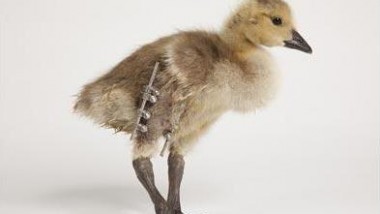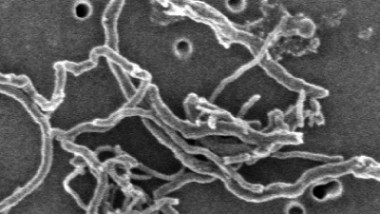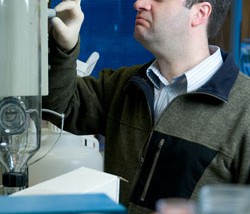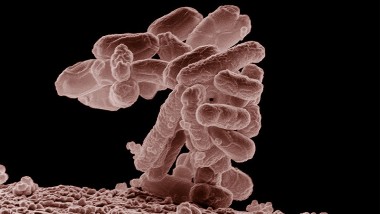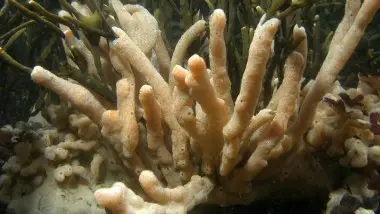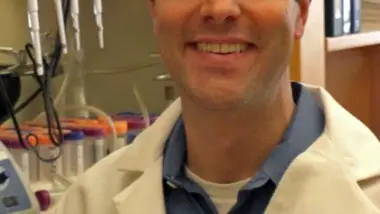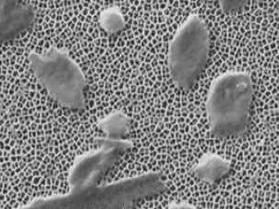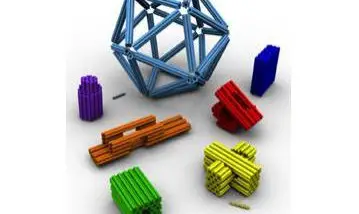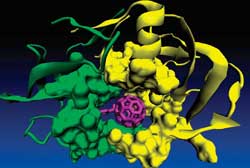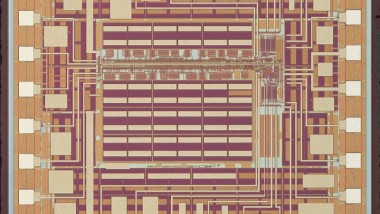Not quite the object of science-fiction movies, but futuristic nonetheless – we present you the world’s first bionic goose. In a first operation of its kind, vets in the UK have fitted a two-week old gosling with a bionic leg. ...
Carbon Nanotubes Dangerous to the Environment
Scientists from the research center Forschungszentrum Dresden-Rossendorf (FZD) have discovered worrying properties of carbon nanotubes, which indicate that nanotube production may be dangerous to the environment. Their discovery, they say, may halt an otherwise diverse and fertile research area. Atomic ...
Dispensing Drugs Through Contact Lenses
“Cambridge Eye-novations” of Cambridge, Massachusetts is developing contact lenses that can automatically dispense drugs to the eye for up to 30 days at a time. Based on research centered at the Laboratory for Biomaterials and Drug Delivery at Children’s Hospital ...
Planning Ahead Bacteria
Scientists from the Weizmann Institute in Israel, led by Prof. Yitzhak Pilpel, have recently shown that bacteria can anticipate certain future events in their environment and prepare for the upcoming changes. According to the scientists, these findings do not only ...
Converting Wastewater into Clean Energy
Waltham Technologies, a new Boston-based startup founded by Una Ryan, is using blue-green algae to decontaminate wastewater while creating a viable source of clean energy at the same time. The algae eats carbon dioxide and other greenhouse gases in the ...
Key Protein Contains Chronic Infection
A research team from UCLA, led by Prof. David Brooks has discovered the reason why the immune system can fight off some infections and surrenders to others. This discovery, say the scientists, may help them develop drugs that fight chronic ...
Buckyballs Prevent Water Biofouling
Researchers at Duke University in Durham, North Carolina have shown that buckyballs could prevent bacteria and other contaminants from attaching to water pipes and the membranes used to filter water in filtration plants. When bacteria attach to these surfaces, they ...
DNA ‘Origami’
Scientists at Dana-Farber Cancer Institute in Boston, Massachusetts found a way to create multilayered objects from DNA strings. These tiny structures may be used as biomedical nanodevices that could deliver drugs into specific cells, thus aiding the battle against various ...
A Molecular Key to Halt HIV
A transatlantic research team has recently identified specific molecules that could block the ability of HIV to spread through the body by binding other proteins. If their discovery can be put to use as a drug, it will save many ...
Counting Cells
Scientists from MIT and Boston University have developed biological cells that can count and ‘remember’ cellular events by creating simple circuits through a series of genes that are activated in a precise order. These circuits, which the scientists say simulate ...

